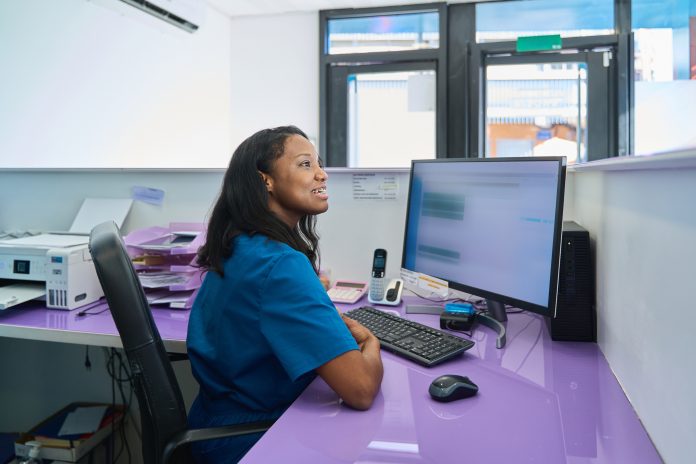The NHS introduces online GP appointment requests across England from 1 October 2025, helping patients book care quickly while reducing pressure on phone lines
From today, patients in England can request GP appointments online at any participating practice, in a significant step towards ending the 8 am scramble. The NHS rollout aims to make booking easier, speed up access to care, and relieve congestion on busy phone lines, offering a more convenient experience for everyone.
Online appointment access must be available during the day
Patients will be able to request appointments, ask questions and describe symptoms online throughout the day rather than calling their surgery or visiting in person.
Across the country, online access to GP appointments is inconsistent. For example, some GP practices disable online requests once they reach a certain threshold, while others only make the function available for a limited number of hours per day. When patients can’t get through on the phone, 6.6% end up in A&E, which is worse for them and more expensive for the taxpayer.
Care Minister Stephen Kinnock said: “We promised to tackle the 8 am scramble and make it easier for patients to access their GP practice – and through our Plan for Change, that’s exactly what we’re delivering.
We are bringing our analogue health service into the digital era, giving patients greater choice and convenience. We’ve learned from GPs who are already offering this service and reaping the rewards.
We’ve invested an extra £1.1 billion in general practice – the most significant increase in over a decade – and hired an additional 2,000 GPs across England. There’s more to do, but this government is fixing the front door to the NHS.”
£1.1bn funding for general practice improvements
To support GPs in providing this service, the UK Government is investing an additional £1.1 billion in general practice, the most significant increase in over a decade. The UK Government has hired an extra 2,000 GPs since July 2024, which has unlocked an additional five million GP appointments this year compared to last, with three in four patients now finding it easy to contact their practice.
The new requirement for online access represents best practice that some GP practices across England have already adopted successfully.
One London GP surgery that adopted this online access approach reduced waits from 14 days to three days.
Dr Amanda Doyle, National Director for Primary Care and Community Services at NHS England, said: “Improving access to general practice is a top priority for the NHS and while latest data shows a record 3 in 4 people found it easy to contact their GP, there is much more to do – which is why requiring all practices to keep their online consultation tools open during core hours is so vital.
This step will help modernise general practice by making online access as easy as calling or walking into your practice, ensuring the phone lines are available for those who need them most and making it easier for practices to triage patients based on clinical need.”
Reshaping the GP practice
GP practices will be required to publish a new patient charter, called ‘You and Your GP’, on their websites. This aims to inform patients what they can expect from their practice and how to give feedback or raise concerns. Practices are required to have transparent processes in place to address patient feedback or concerns promptly.
Dr Duncan Gooch, GP and chair of the Primary Care Network at the NHS Confederation, said: “We know that access to GP services has consistently topped the public’s priorities. The ‘8 am GP scramble’ is one of the most frustrating issues for the public when trying to book an appointment, and for practices, resulting in a strain on primary care. Providing patients with a range of access routes to their practice, such as by telephone, online, or walk-in, can help ensure fair access to advice and treatment.
We also recognise that GPs may fear that this will lead to uncontrolled demand, which impacts patient safety. However, many of our members are already operating in this way and have been optimistic about the impact, not only on patients but also on the workforce. Managing demand and providing better access has reduced stress on staff, conflict with patients and created a positive environment where job satisfaction is high.
This is not to take away from the fact that we still need more investment into general practice and GPs to help stem the increasing turnover and provide patients with the service they need.”











